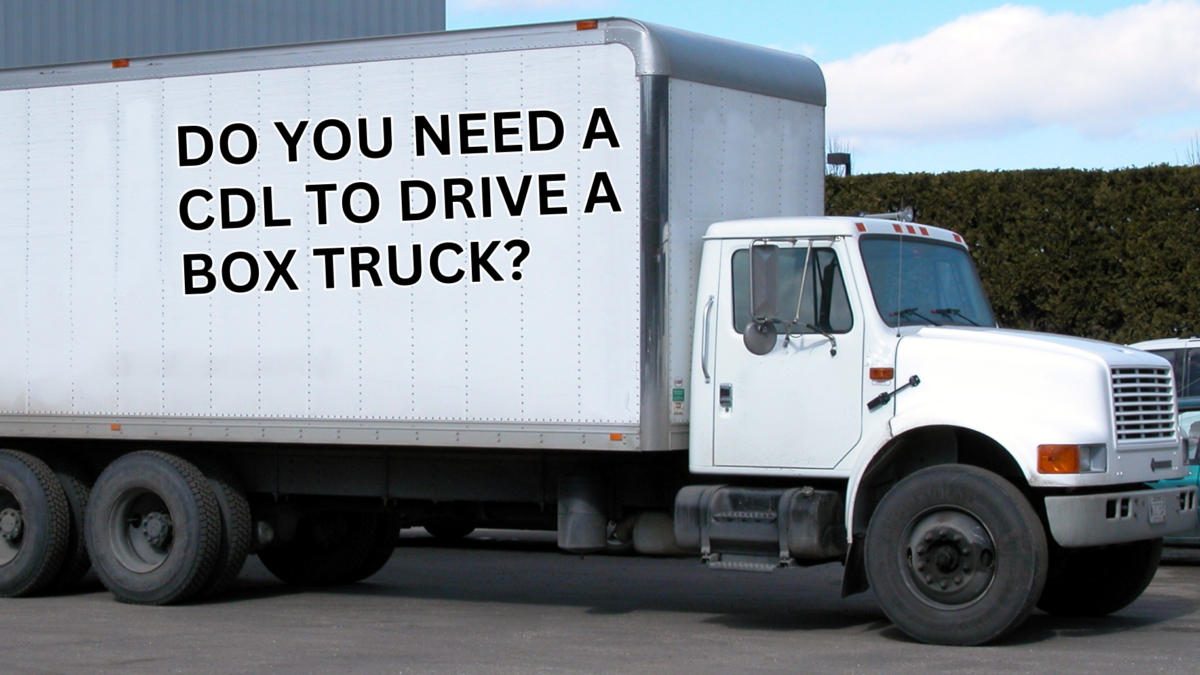Do You Need a CDL to Drive a Box Truck?

Is Trucking Business Profitable? Exploring the Pros and Cons
July 31, 2023
The Ultimate Guide: How to Start a Profitable Cargo Van Business
August 17, 2023Box trucks are flexible vehicles typically used for transporting goods and cargo. If you want a career or job that involves driving a box truck, you might wonder whether you need a Commercial Driver’s License (CDL) to operate one. We will discuss the requirements about the need for a CDL to drive a box truck and the regulations that practice.
-
What is a Box Truck?
Before diving into licensing requirements, let’s define what a box truck is. A box truck is known with multiple names like a cube van or a straight truck, is a medium to large-sized vehicle with an enclosed cargo area. These box trucks are popular for local deliveries, moving services, and freight transportation.
-
Box Truck Size and Weight Limits:
The need for a CDL to drive a container truck mainly relies on its size and weight. In the USA, the Department of Transportation (DOT) units size and weight limits for business vehicles. Generally, container vans with a Gross Vehicle Weight Rating (GVWR) of 26,001 kilos or extra may additionally require a CDL to perform.
-
CDL Classifications:
CDLs are categorized into exceptional training based on the type of vehicle and weight they will let you perform. The 3 primary CDL instructions are Class A, B, and C. The classification required for using a box truck relies upon the vehicle’s weight and other elements.
-
Do You Need a CDL to Drive a Box Truck?
The answer to this question depends on the Gross Vehicle Weight Rating of the box truck you intend to drive. If the box truck’s GVWR exceeds 26,000 pounds, you may want a CDL. However, there are exceptions and versions relying on the unique rules in your country or region.
-
CDL Requirements for Box Trucks:
To obtain a CDL, you must meet unique requirements, which generally consist of:
- Age: Your age should be at least 18 years for intrastate driving and 21 years for interstate driving.
- Medical Certification: You will also need to pass a medical examination and acquire a Medical Examiner’s Certificate.
- Knowledge Tests: You must pass written knowledge tests related to driving skills, regulations, and specific endorsements (if applicable).
- Skills Test: A skills test, including a pre-trip inspection, basic vehicle control, and on-road driving, is required.
-
Exemptions and Non-CDL Box Trucks:
In some cases, you may not need a CDL to drive a box truck, even if its GVWR exceeds 26,000 pounds. Non-commercial box trucks used for personal purposes, recreational vehicles, and certain agricultural vehicles might be exempt from CDL requirements.
-
Endorsements for Specialized Box Trucks:
Certain box trucks may require additional endorsements on your CDL, depending on their intended use. For example, if the box truck carries hazardous materials, passengers, or oversized loads, specific endorsements might be necessary.
-
Employer Requirements:
If you plan to drive a box truck for employment, your employer may have additional requirements beyond the CDL, such as training programs or background checks.
-
CDL Training and Resources:
To prepare for your CDL journey, numerous training programs and resources are available. These programs help you learn the necessary skills and information to pass the CDL tests and become a safe and competent box truck driver.
Conclusion:
In conclusion, the need for a CDL to drive a box truck depends on its Gross Vehicle Weight Rating and the specific regulations of your country or state. If the box truck’s GVWR exceeds 26,000 pounds, a CDL is likely required. However, exemptions and variations exist, so it’s essential to research and understand the local laws and requirements before hitting the road. Acquiring the proper CDL and endorsements, if necessary, will ensure that you are legally qualified and well-prepared to operate a box truck safely and efficiently.


